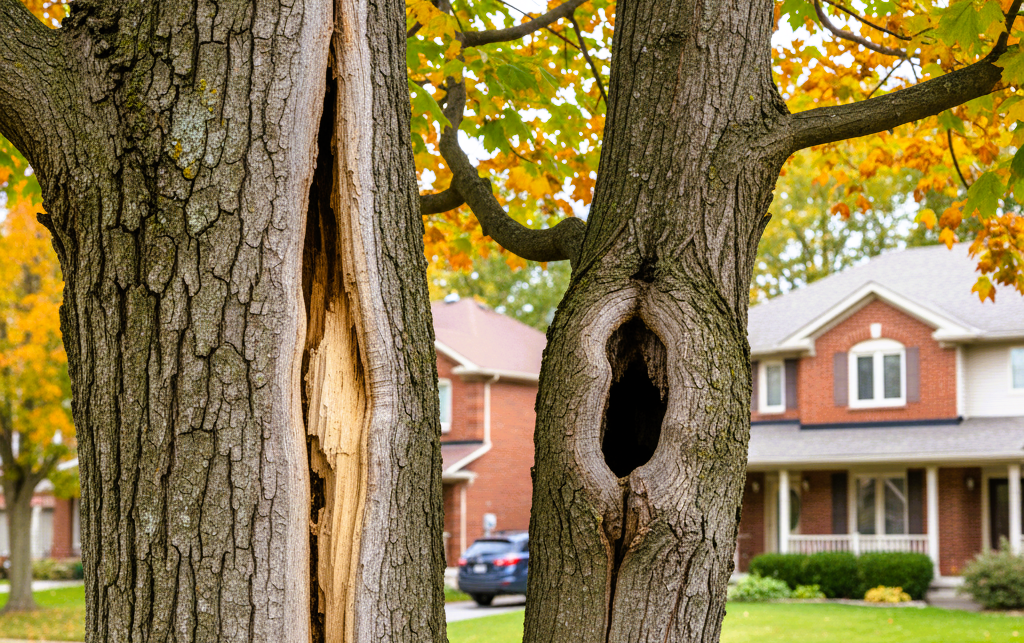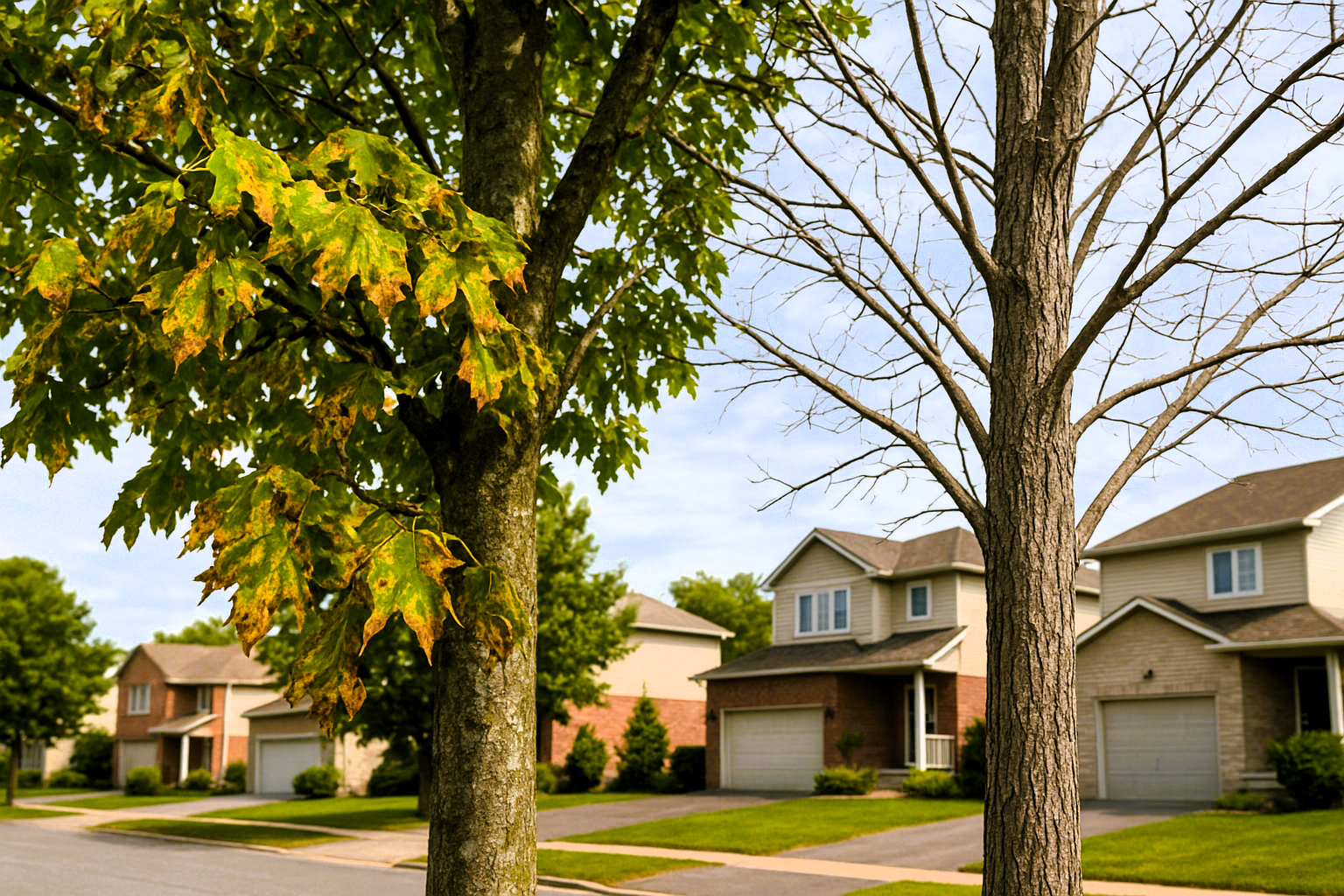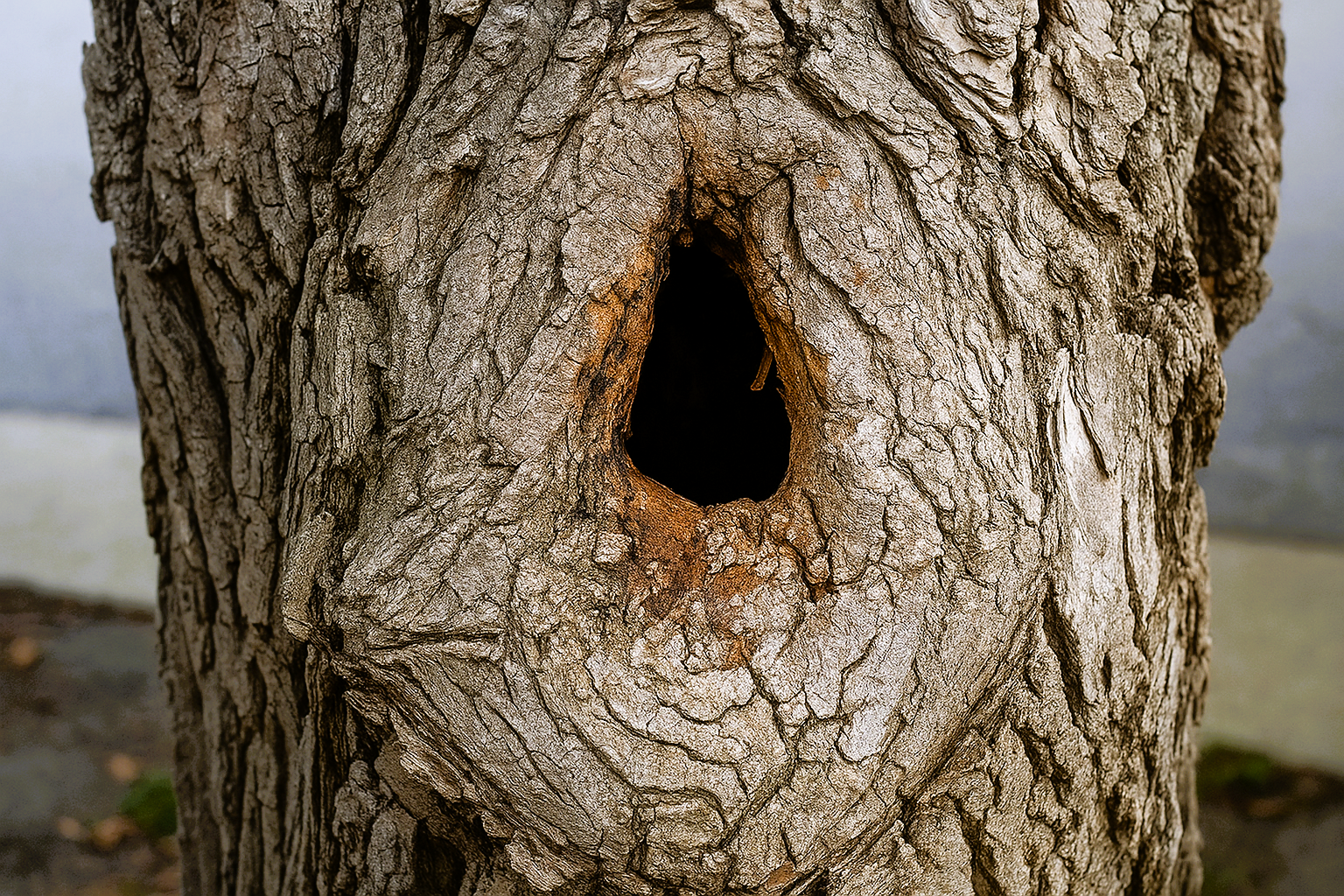Tree Topping: Why It’s Harmful—and What to Do Instead
How tree topping hurts your trees—and what you should do instead

If you’ve ever looked at a towering maple or oak in your yard and thought, “I wish this tree was smaller,” you’re not alone. In Kanata, Ontario, homeowners often struggle with overgrown trees that feel like they’re taking over the yard—or threatening property, power lines, or kids’ play areas.
One “quick fix” some people consider is tree topping—cutting off the tops of branches or even the main trunk to reduce height. It might sound like an easy solution, but here’s the truth: tree topping is more harmful than helpful.
In this guide, we’ll break it down in plain English: why topping damages trees, what healthier alternatives exist, and how to keep your trees thriving safely.
If you’re looking for expert help, Kanata Tree Service Masters can give you guidance and professional care that your trees—and your property—deserve.
What Is Tree Topping, Really?
Tree topping is just what it sounds like—cutting off the uppermost part of a tree’s crown. People often do this thinking it will make their trees safer, more manageable, or simply smaller.
But here’s the catch: when you cut a tree this way, it doesn’t “shrink” safely. Instead, you leave behind big stubs that the tree can’t heal properly. Over time, these stubs invite pests, disease, and weak new growth that’s prone to snapping in a storm.
Imagine giving your tree a haircut, but instead of trimming it carefully, you hack off chunks—it’s kind of like a bad hair day… that lasts forever.
The Hidden Downsides of Topping Your Plants
Topping might seem like a quick fix to make a tree smaller or easier to manage, but it often backfires. Here’s why:
- Trees Lose Energy - Think of branches as the tree’s kitchen and leaves as its chefs. Remove too many, and the tree can’t produce enough food to stay healthy. Suddenly, that “quick trim” becomes a real struggle for survival.
- Opens the Door to Trouble - Big cuts aren’t just empty space—they’re invitations for insects, fungi, and diseases to settle in. Even a simple cut can have bigger consequences for your tree’s health than you’d expect.
- Weak and Risky Regrowth - After topping, trees often produce fast-growing shoots. While it might look like the tree is bouncing back, these new branches are usually weak and prone to snapping. Instead of a tidy, smaller tree, you could end up with a scraggly, unstable mess.
- Structural Problems Over Time - Topping damages the tree’s internal structure. Limbs become more fragile, decay spreads, and the tree is far more likely to break during storms. For homeowners in Kanata with kids, pets, or sheds nearby, this is more than an eyesore—it’s a safety concern.
- An Unnatural Appearance - Finally, topping ruins the tree’s natural shape. Instead of adding charm to your yard, a topped tree often looks harsh, lopsided, or “butchered,” taking away the beauty it once provided.
In Kanata neighborhoods, a poorly topped tree doesn’t just look bad—it can become a real hazard. The easy fix today can turn into a bigger issue tomorrow.
Better Ways to Manage Tree Size
If your trees are getting a little wild, don’t think topping is the only answer—it’s actually one of the worst. There are better, safer ways to keep them healthy, strong, and looking their best.
- Crown Reduction - Instead of chopping off the top, crown reduction involves trimming branches gradually. This keeps the tree’s natural shape intact while safely reducing its size.
- Crown Thinning - This involves
carefully trimming select branches so sunlight and fresh air can filter deeper into the tree. This helps the tree stay healthy while giving the remaining branches more strength and resilience.
- Crown Raising - Sometimes the lower branches get in the way of walkways, driveways, or gardens. Crown raising clears these areas while letting the
tree maintain a balanced, natural look.
- Pollarding - This is a controlled pruning method that encourages dense, strong foliage over time. Done correctly, it keeps the tree manageable without harming its long-term health.
The key to getting it right is working with a certified arborist. They can examine your trees, understand their unique needs, and create a plan that keeps them safe, healthy, and looking beautiful for years to come.
Why a Professional Arborist Makes a Difference
Taking a chainsaw to a tree might feel tempting, but pruning isn’t just about cutting—it’s about knowing where, how, and when to trim. A skilled arborist makes sure that:
- Trees thrive with strength and vitality for years to come.
- Pruning is done safely, protecting your family and property.
- Trees look beautiful and maintain their natural shape.
Here in Kanata, Kanata Tree Service Masters offers expert care that homeowners trust to keep trees thriving without unnecessary risk. Contact us today!
Take Action for Your Trees
If your trees are looking overgrown, unsafe, or just in need of a careful trim, topping is not the solution. Instead, reach out to Kanata Tree Service Masters for a professional assessment. They can evaluate your trees’ health, recommend the safest pruning options, and carry out the work with skill and care.
By choosing expert guidance, you’re not just protecting your trees—you’re protecting your home, your family, and your property from unnecessary risks. Healthy trees are an investment in the beauty, safety, and long-term value of your yard, and with the right care, they can continue to thrive for decades to come.


